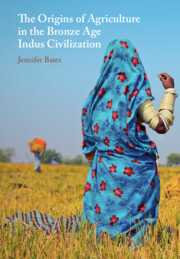We present a new set of clay mineral and grain-size data for the siliciclastic sediment fraction from International Ocean Discovery Program (IODP) Site U1456 located in the eastern Arabian Sea to reconstruct the variabilities in the continental erosion and weathering intensity in the western Himalaya, elucidate the sediment source-to-sink processes and discuss the potential controls underlying these changes since 3.7 Ma. The clay minerals mainly consist of smectite (0–90%, average 44%) and illite (3–90%, average 44%), with chlorite (1–26%, average 7%) and kaolinite (0–19%, average 5%) as minor components. The compositional variations in the clay minerals at IODP Site U1456 suggest four phases of sediment provenance: the Indus River (phase 1, 3.7–3.2 Ma), the Indus River and Deccan Traps (phase 2, 3.2–2.6 Ma), the Indus River (phase 3, 2.6–1.2 Ma) and the Indus River and Deccan Traps (phase 4, 1.2–0 Ma). These provenance changes since 3.7 Ma can be correlated with variations in the Indian summer monsoon intensity. The siliciclastic sediments in the eastern Arabian Sea were mainly derived from the Indus River when the Indian summer monsoon was generally weak. In contrast, when the Indian summer monsoon intensified, the siliciclastic sediment supply from the Deccan Traps increased. In particular, this study shows that the smectite/(illite+chlorite) ratio is a sensitive tool for reconstructing the history of the variation in the Indian summer monsoon intensity over the continents surrounding the Arabian Sea since 3.7 Ma.
